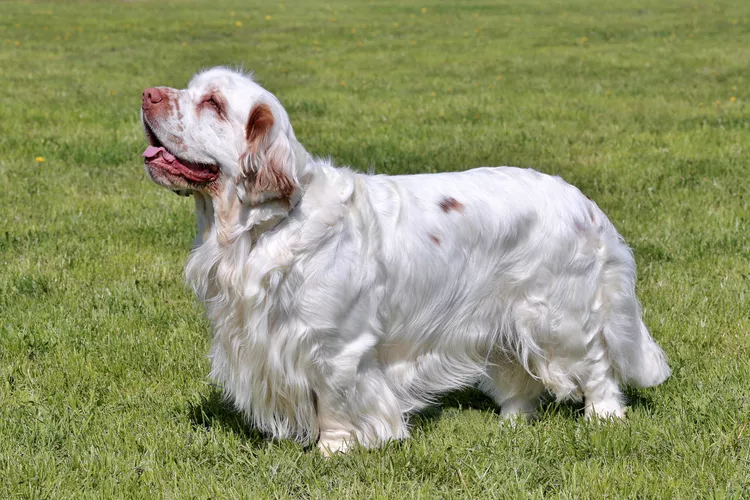
The Clumber spaniel is a calm, steady companion with short legs, a sturdy body, and floppy ears and jowls. Clumbers are a rare breed, but anyone who finds one will enjoy an excellent family pet and reliable hunter.
With sufficient exercise, attention, and grooming, these dogs can live in an apartment or thrive in an active, outdoor environment. They're versatile—built to barrel through the underbrush and overcome tricky terrain—yet even-keeled.
But they're not for everyone. Clumbers are prone to several costly health issues, and they'll shed and drool plenty—and that's if you can even find one to buy or adopt. Learn more about the Clumber spaniel:
Group: Sporting (AKC)
Height: 18 to 20 inches (males); 17 to 19 inches (females)
Weight: 70 to 85 pounds (males); 55 to 70 pounds (females)
Coat: Medium-length, straight to wavy, and soft coat
Coat Color: White, often with yellow or orange markings
Life Span: 10 to 12 years
Temperament: Loyal, friendly, sweet-tempered, gentle, calm
Hypoallergenic: No
Origin: England
Above all, the über-friendly Clumber spaniel wants to spend time with you and other members of their family, two- or four-legged. That includes kids, who they get along with splendidly. (Just keep an eye on them during playtime because the large, dense Clumber could knock over smaller children.)
Clumbers are almost always happy to play and spend time with their people, but they're hardly the most active breed. They might be among the most affectionate, though. Prepare from some messy kisses from their floppy, drool-prone jowls.
The Clumber spaniel dates back to at least the 1700s, perhaps sharing ancestry with the Basset hound and the now-extinct Alpine spaniel. The name Clumber comes from Clumber Park, the 3,800-acre estate in Nottinghamshire, England, belonging to the Duke of Newcastle.
The breed's true origins remain murky, but nobles in that area hunted with a spaniel that looks very similar to today's Clumber Spaniel. They were bred to flush birds from low-lying areas so hunters could shoot them, though some dogs probably retrieved the downed birds as well. Clumbers can still serve as hunting dogs to this day.
Clumbers arrived in North America in the mid-1800s, and they were one of the American Kennel Club's charter breeds in 1884. Today, these dogs are still a relatively rare sight in North America. Many breeders agree that they’re a well-kept secret, which isn’t so different from the breed’s early history as treasured companions on English estates.
The Clumber spaniel is an adaptable and easygoing companion, but they need considerable time and effort from their family to thrive. To keep these dogs happy and healthy, owners need to understand and fulfill their grooming, exercise, and social needs.
Bred to be in the field, these dogs enjoy putting their minds and bodies to work, but they don't need a ton of exercise.
Provide your Clumber spaniel with at least an hour of exercise per day. One long walk or two shorter walks should keep your spaniel content to lounge indoors. While they’re not likely to be speedsters, they can enjoy competing in agility, obedience, and rally competitions. They’re also avid retrievers, so a solid game of fetch will put this bird dog in their element.
While Clumber spaniels are confident and self-assured, they were bred to be hunting companions who work in a pack. As such, they’re not well-suited to be left alone all day. In fact, if Clumbers are left alone for excessively long periods, they can become anxious or destructive.
Clumber spaniels will shed all year long (with heavier fallout during the winter and spring). Brush your Clumber with a slicker brush several times a week to keep shedding to a minimum. It's also important for owners to brush their dog's teeth, trim their nails, and check their ears for dirt and debris. Clean the ears with a dog-safe ear cleaner as needed to prevent infections.
This breed is known for drooling. Clumber kisses come with plenty of slobber thanks to the breed’s flappy flews (the canine equivalent of upper lips). So you should decide whether you can cope with a little drool and hair if you want to bring home a Clumber.
The Clumber spaniel is known for their intelligent and easily trainable nature—but some will show a stubborn streak. When it comes to basic obedience, these dogs excel without too much extra effort from their owners. Simple lessons can begin when puppies are as young as 6 weeks old, but more advanced training can continue through your dog's life. This breed is eager to learn and responds well to positive reinforcement methods.
As with any dog breed, provide proper socialization for your Clumber spaniel early in life to ensure they’re friendly toward people, children, and other animals. When it comes to stranger danger, the Clumber spaniel isn’t overly shy about new faces, but they also aren't quick to sound the alarm. In fact, Clumbers are a relatively quiet breed that isn’t known for barking often.
The Clumber spaniel isn’t overly plagued by health problems, but they are susceptible to a few common conditions. Some of these concerns can be mitigated with testing, like hip and elbow evaluations, an ophthalmology exam, and PDP1 testing for a rare genetic enzyme deficiency.
The following are common health problems encountered in Clumber spaniels:
Ever the bird dog, Clumber spaniels have an affinity for carrying things in their mouths. This can easily lead to the dog ingesting a foreign object that causes health complications and may even require surgery. Teach your Clumber not to chew on household objects and only provide safe toys for your pet to play with or chew on.
Ask any Clumber spaniel owner, and they’ll likely tell you that these dogs are opportunistic eaters. These spaniels take advantage of food left unattended on counters or tables, and despite their somewhat short stature, they're surprisingly skilled at overcoming vertical challenges to steal a snack.
Feed your Clumber spaniel in moderation with high-quality dog food. Treats can be an effective training incentive—but don’t overfeed these dogs.
Ask your veterinarian to help you determine a healthy meal plan based on your specific dog's age, weight, and activity level.
The Clumber spaniel is a rare breed—in registrations, it ranks No. 139 of the AKC’s 200 breeds and as of 2017, there were fewer than 200 puppies registered annually—but there is a devoted community of Clumber spaniel breeders in North America. Buying a puppy, however, is going to cost you—likely around $1,500 or more. (Prices can vary based on pedigree and availability.)
While it's not common to find these dogs in shelters, your local shelter can likely introduce you to similar spaniels available for adoption. The Clumber spaniel community is also committed to caring for its own, and rescue groups house and re-home these gentle dogs. It’s worth investigating breed-specific rescues to save a Clumber in need.
Here's where to start your search:
If you're still torn, here's a Clumber spaniel pros and cons list to help you decide whether to bring one home.
Pros:
Cons:
If you’re considering the Clumber spaniel, you’ll likely benefit from further research on this dignified but delightful breed. Owners of Clumbers, along with breeders and rescues, can provide insight into day-to-day life with these dogs.
These similar breeds can also make wonderful additions to your family:
There's a whole world of different dog breeds out there. With a little research, you can find your perfect match!
Each dog is different, but it's safe to assume most Clumber spaniels enjoy a good cuddle. They are known for being very affectionate toward their families, making great dogs for households with kids and pets alike.
A Clumber doodle is a hybrid dog, combining the Clumber spaniel and poodle breeds. If you desire this hybrid breed, make sure you're working with a ethical breeder—and consider whether you should just get a poodle or Clumber.
No, Clumber spaniels aren't lazy. They like to play and will enjoy some moderate exercise before settling down. They can even excel in canine sports or in the dog show ring.

What to Do if Your Cat Is Snoring
Cat snoring can happen for several reasons. Find out if your cat's snoring is normal or caused by a medical issue. Know when to call the vet about your cat snoring.
Turkish Angora: Cat Breed Profile, Characteristics & Care
The elegant and silky Turkish Angora cat is a playful, affectionate, and sometimes mischievous pet. Learn about the Turkish Angora breed.
Toyger: Cat Breed Profile, Characteristics & Care
The toyger (toy tiger) cat is a beautiful, rare breed with an easygoing demeanor. These cats are hard to come by but make excellent pets.
Donskoy: Cat Breed Profile, Characteristics & Care
Donsky cat, or Don Sphynx, is a hairless cat that's known for being affectionate, social, and remarkably intelligent. Learn more about the Donsky cat breed.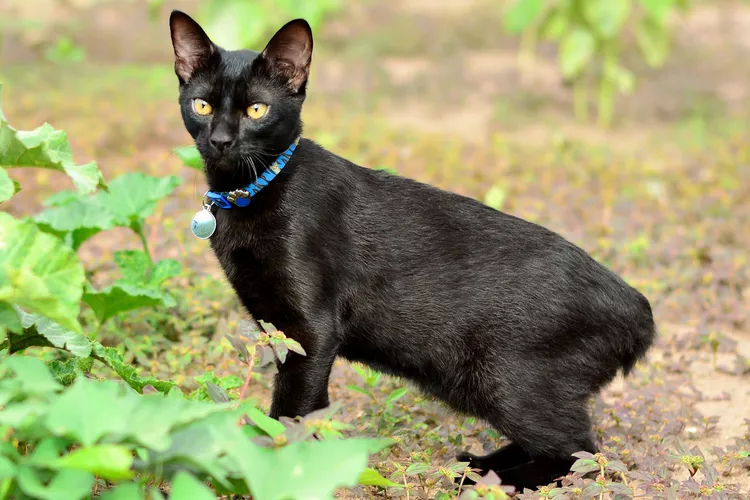
Japanese Bobtail: Cat Breed Profile, Characteristics & Care
The Japanese bobtail is recognized for its bunny-like tail and is loved for its friendly, playful personality. Learn about the Japanese bobtail breed.
How to Stop Cat Aggression After a Vet Visit
Cats are usually out of sorts and ornery after a trip to the veterinarian. Learn how to stop cat aggression by planning ahead with these tips.
Why Do Cats Like High Places?
Does your cat like to hang out on top of tall furniture? Here's why cats like high places.
Rectal Prolapse in Dogs
Rectal prolapse in a dog can be an alarming thing to see. Find out why this happens, how to prevent it, and how to heal dog prolapse at home.
Is Acetaminophen Safe for Dogs?
Acetaminophen is used by humans for pain and fever relief, but is it safe for dogs? Here's what you need to know before giving your dog acetaminophen.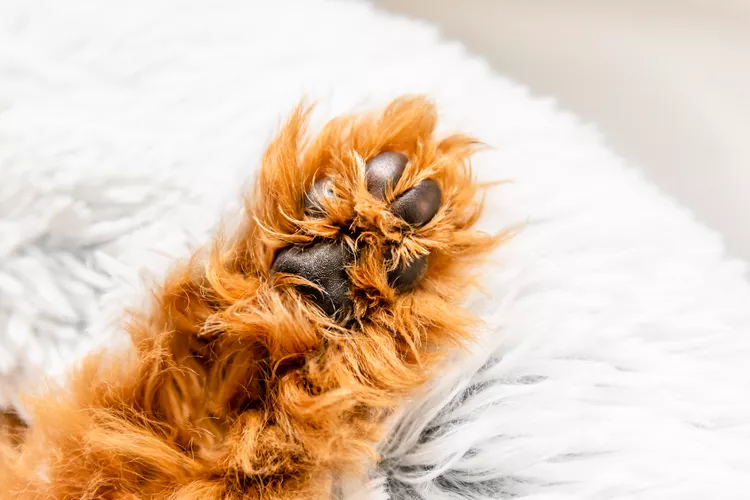
Dog Broken Toe: Signs and Treatment
Dogs can break their toes for several reasons. Find out how to tell if your dog has a broken toe. Learn what you need to do and what restrictions your dog may have to let a broken toe heal.
Tetanus in Dogs
Tetanus is an infection caused by bacteria found in soil. It can cause severe symptoms in dogs and even lead to death if not treated promptly.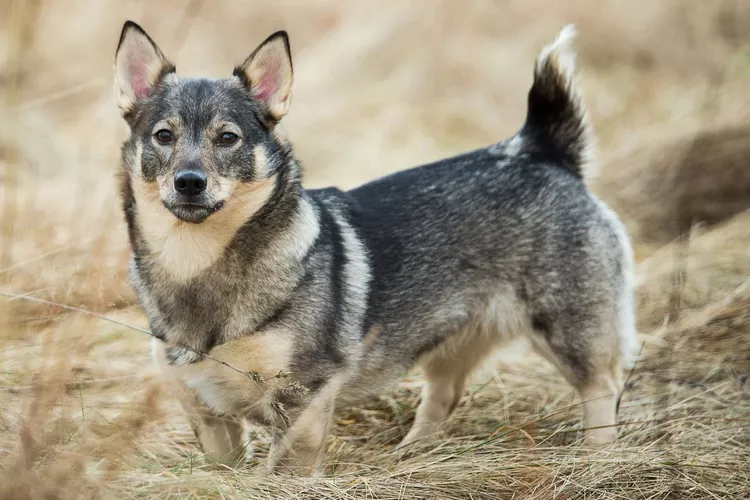
Swedish Vallhund: Dog Breed Characteristics & Care
The Swedish vallhund makes for a high-energy and affectionate companion. Learn about the breed's history, health, exercise needs, and more.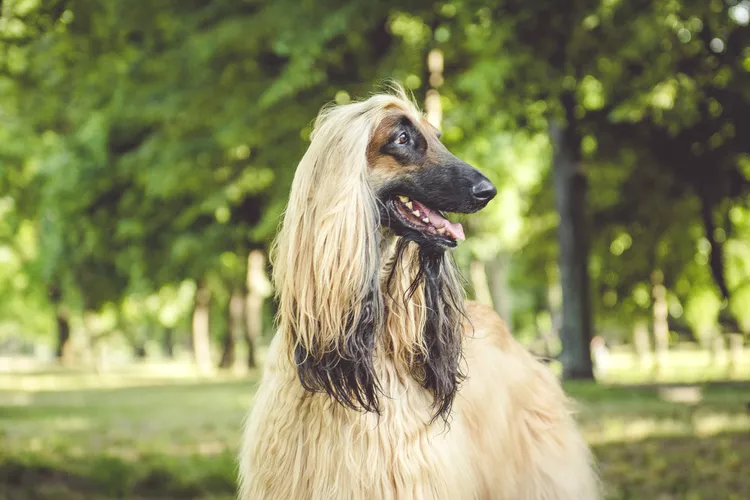
Afghan Hound: Dog Breed Characteristics & Care
The Afghan hound is a majestic dog breed, known for its luxurious long coat and sweet personality. Learn about cost, care, and training needs.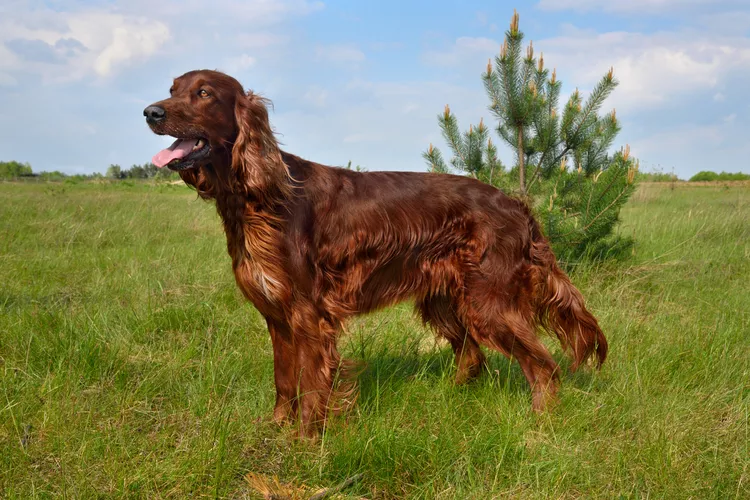
Irish Setter (Red Setter): Dog Breed Characteristics & Care
The Irish setter, also known as the red setter, stands out from the crowd with their striking red coat and athletic nature. Learn about this gentle and affectionate dog breed.
Clumber Spaniel: Dog Breed Characteristics & Care
The Clumber spaniel is a friendly, calm dog and a great family pet who gets along with kids. Just beware of this rare breed's shedding and drool.
Reasons Why Dogs Grind Their Teeth
Some dogs grind their teeth. Learn why dogs grind their teeth and if it can be harmful. Find out what to do about teeth grinding in dogs.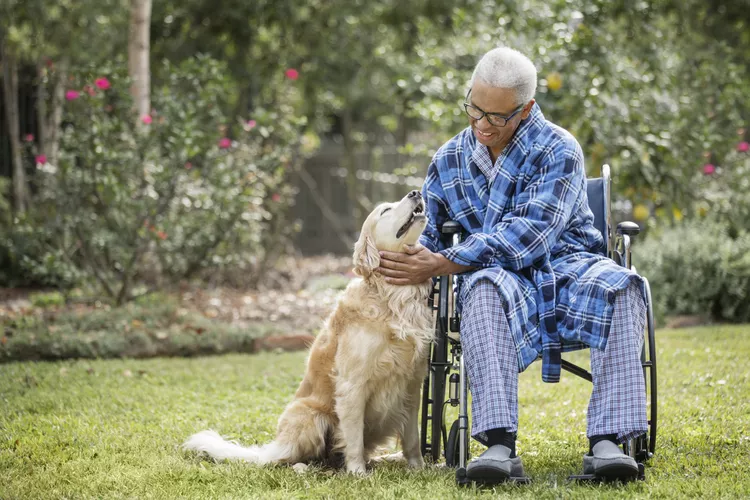
Therapy Dog Certification: A Complete Guide in 6 Steps
Could your dog be trained to serve as a therapy dog? Here's how you and your dog can become an official animal-assisted therapy team.
Here’s How to Stop Your Dog from Jumping on You When Excited
Although it can be cute the first few times your dog jumps on you, it can quickly turn into a bad habit, especially if your pooch starts jumping on strangers. Here’s how to stop your dog from jumping on you when excited.
Why Do Dogs Howl at Sirens?
Howling at sirens is something that dogs are well known for, but why do some dogs do it while others seem unbothered?
How to Train a Labrador Retriever
Proper training is an essential part of owning a Labrador retriever. These smart dogs can be trained to be service dogs, hunters, and excellent companions.